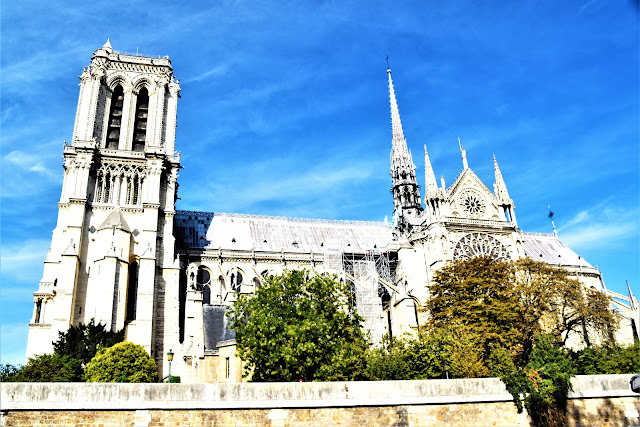EXPEDIA FINALLY RIGHTS WRONG
After more
than 50 emails and direct message tweets, online shaming and four hours of my
doing their job -- Expedia finally gave me the refund I deserved from Day 1.
See my April
14 blog post for full story of my booking trip, provider in Marrakech canceling
and promising refund, Expedia not processing refund, Expedia team telling me
it’s against provider policy to issue refund and my telling Expedia keeping
money without delivering service is felony theft.
Of course, I
would be promised an update and didn’t get one. When I took initiative to get
an answer, the first one was always a lazy, uncaring repeat of the initial form
email saying policy forbade my refund.
I kept
saying if policy is to take money and deliver nothing, Expedia is complicit not
only in felony theft, but in a pattern of corrupt activity because it’s a
blanket policy, not a one-time thing.
Since
Expedia did nothing for me, I contacted the provider directly and basically
told him this was going to go one of two ways:
A
terrible mistake that he would correct with an immediate refund.
My sharing the truth about his
felonious ways with my 200,000 blog readers, Twitter followers, Facebook
followers and every consumer rip-off site I could find. I told him I would
review him – as a thief – on every site such as TripAdvisor.
Amazingly,
he said it all was a mistake and he even sent me a copy of his refund order to
Expedia.
For days,
Expedia claimed it got no such notice from its vendor in Morocco and that I was
out of luck.
Finally,
after endlessly harping on them, I got a notice of refund the other day. I also
got a nominal online coupon, which I demanded to cover the four hours of time
robbed from my life while I did the consumer advocacy work that Expedia should
have been doing.
So, short
answer, did Expedia finally capitulate and process my refund in about a week –
yes.
Long answer,
if you would like to work with a billion dollar firm that sends form letters
blessing felony theft…if you would like to spend time you don’t have doing
someone else’s job…if you would like each email exchange to start with them
pretending no exchanges of info were made other than their first illogical
response…if would like to be called a fraud (because you pasted in an email
from the provider and they would only trust a screen cap of the exact same
info)…do business with (buyer beware) Expedia.









































